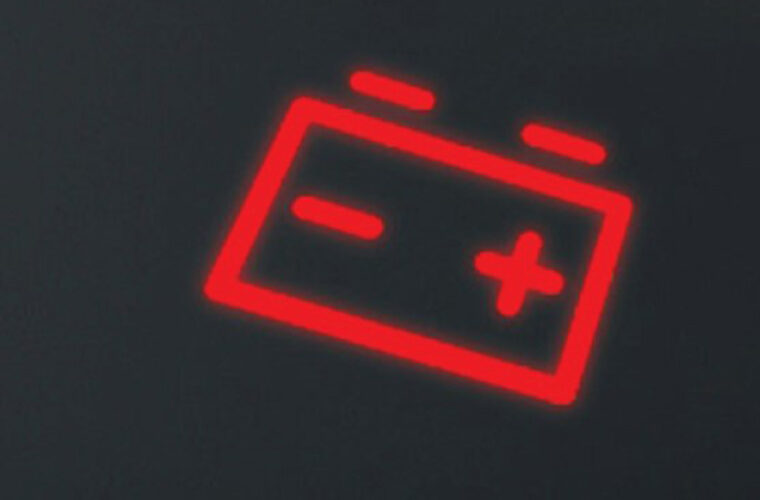A car is powered by electrical energy supplied by the battery. It’s important to pay attention to this component because its failure can significantly affect the vehicle’s usability.
To monitor the battery’s condition, we can use, among other things, an indicator light located on the car’s dashboard.
When the alternator RPM reaches approximately 700rpm/min, and the indicator light does not turn off, we can expect a failure of a charging system.
Below, AS-PL explains what flashing, continuous activity or the absence of the indicator light may signify.
A flashing charging warning light may indicate worn or heavily damaged alternator brushes. Another possible cause could be damaged brushes or commutator slip rings. If the issue pertains to the alternator, it will require repair or replacement.
Another cause of the flashing charging light could be voltage fluctuation, which may be attributed to the regulator. The correct voltage range for it is between 13.9V and 14.4V, even when additional loads such as a radio or charger are connected.
If the charging indicator light does not turn off, you should pay attention to the battery charging by the alternator. In such a case, the alternator’s stator may have been damaged or worn out, or the multi-ribbed belt may be oilsoaked.
Alternatively, it could be a tensioner failure. Other possibilities that could cause an error on the dashboard include a damaged of voltage regulator or corroded battery terminals and cables. In this case, it’s advisable to visit the nearest workshop so that a specialist can assess the need for repairs or replacement of the faulty components.
In the case where the charging indicator light does not illuminate, you should check if the cable controlling the light has not become disconnected. If the cable is connected, attention should be given to the battery voltage. For this, a multimeter is required, which should be connected to the battery terminals and set to voltage measurement mode. If it reads below 13V and decreases while the engine is running, the issue may be with the alternator.
Click here for more information.







